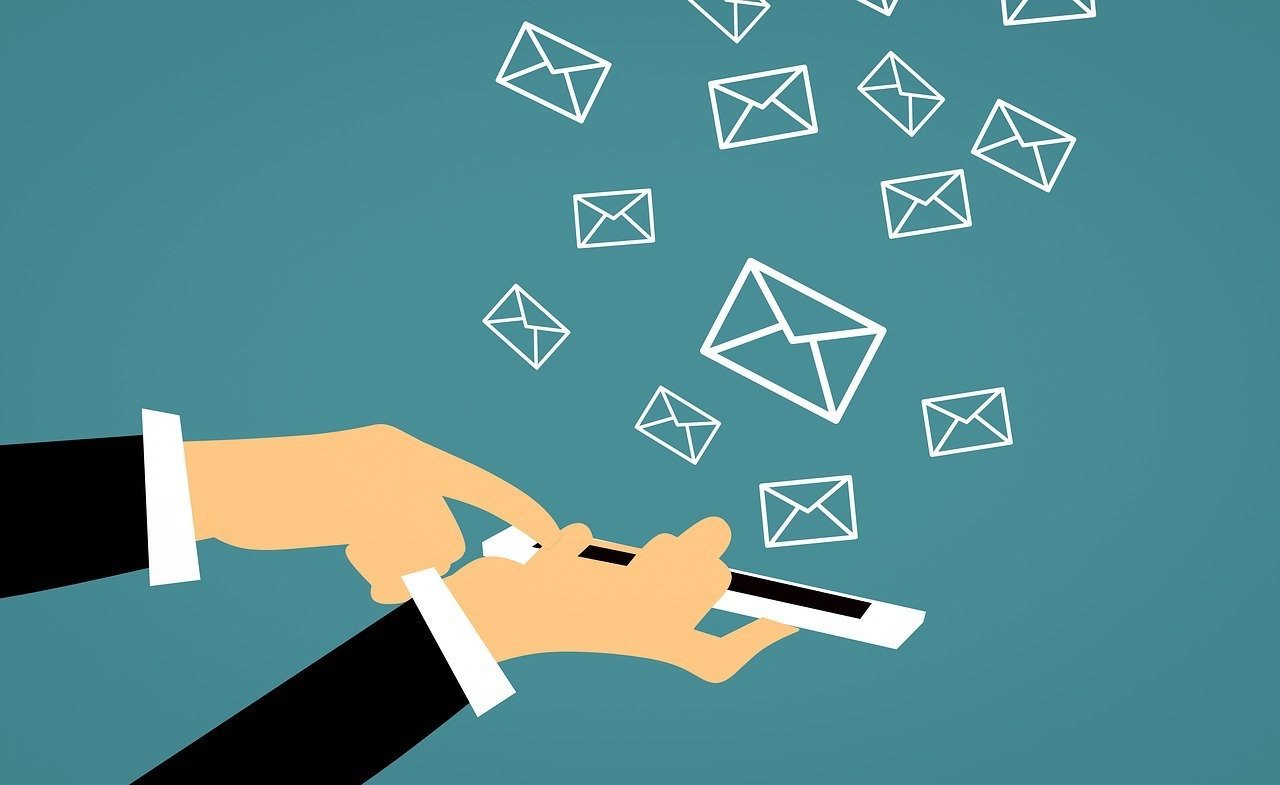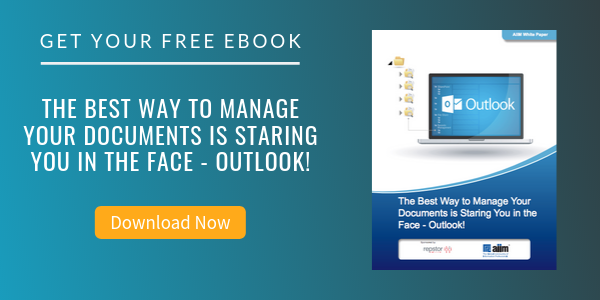
By: Jewel McCoy on November 10th, 2020
Things You Can Do To Effectively Manage Your Emails
In times of social distancing and remote work, email has become one of the primary communication lines for businesses. In fact, the average American user receives around 126 emails on a normal day. However, with so much activity going on, it’s no secret that inboxes can become cluttered quite easily.
If you want to be efficient when it comes to your incoming emails and replies, here are some things you can do:
1) Limit How Often You Check Email
Unless they’re urgent, it’s important to understand that you don’t have to process emails immediately. Not only will this distract you from your current workload, but it’s also not good for your mental health. Indeed, The Verge states that you should schedule short periods during the day to check your emails. If you find yourself doing a quick email check, make sure that you’re only responding to emails that need an answer within the day or those that can be handled quickly. Some examples of the latter are confirmation emails. If the email asks you to pull data, postpone it until your next ‘allocated’ email hour.
2) Archive, Don’t Delete
When our inboxes are cluttered, it’s tempting to put emails into your trash that don’t look very important. However, this could cause you to accidentally delete important messages along the way.
As such, it’s better to put unwanted emails in a temporary folder. HP explains that one of Gmail’s best features is the “archive” option. This can help you get rid of the clutter in your inbox without having to delete any messages. You can go over your archived emails during your free time. This is when you get a chance to have a closer look at every message and delete the ones that you really don’t need. If your company uses its own email system, it will probably have an archive feature as well.
3) Sort Emails Into Folders
Aside from archiving, popular email platforms like Google and Yahoo also have an option for you to move emails into “folders.” Business Insider notes that this can help you figure out which emails are a high priority and which don’t need responses at all. The way you sort them depends on the people you communicate with and the nature of your work. For example, if you use email to send work to people to review, then have “Inbox,” “Work-in-progress,” and “Complete” folders or something similar. If you speak with lots of people every day, such as board directors and clients, you can have a folder with a “Reply by [date]” name and follow through with the date written.
4) Use Filters
An email platform’s filter feature can prove to be the most useful if configured correctly. Gmail’s filter settings are customizable, for instance. It allows you to enable a filter that will only let you see emails from a particular person or group of people. You can also have your emails filtered to those with a specific string of words, like a project title or mentions of your name. You can even ask your team to send every email with a particular word in its subject line (like “Urgent” or “For Signature”), which you can create a filter for. Depending on your priorities, use filters to sift through your emails quicker.
Moving Beyond Productivity
Email management is a must in any circumstance, but even more so now that you use the platform more often. For productivity, utilize all email features available, like filters and archiving, so they’re much easier to manage.
Best practices in email management as a discipline go beyond simply removing emails from a server and saving them to a repository. To do it right, strategies and processes must be in place to ensure email gets properly classified, stored, and destroyed in a manner consistent with established business policies and standards – just as should be done for all other kinds of documents and records. Email management involves the systematic control of the quality and quantity of electronic messages that are sent from within, and received by, an organization.


